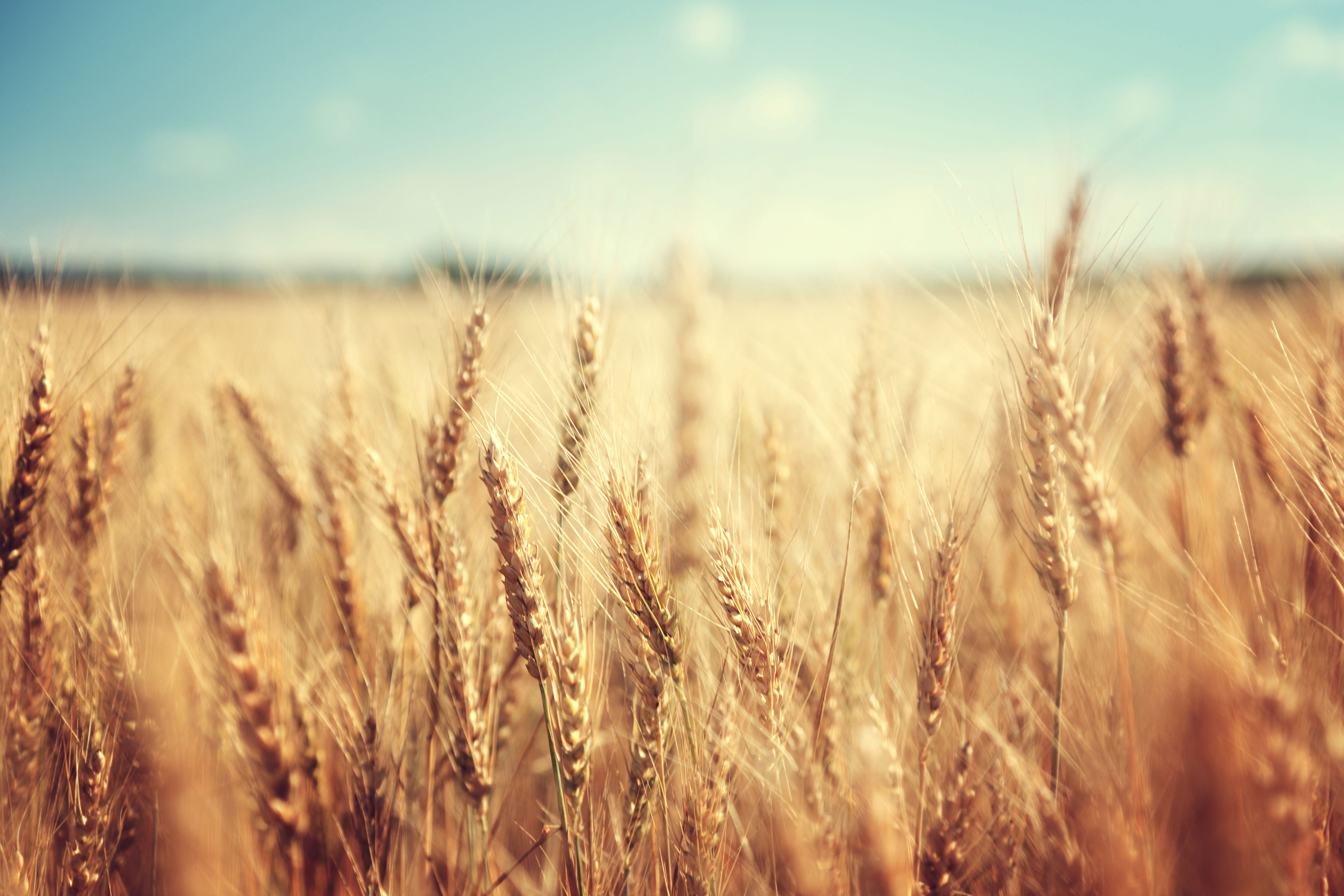ON SAYING WHERE YOU'RE FROM
This summer, I was fortunate to be selected and travel to New York for the Orion Magazine’s Environmental Writer’s Workshop. In addition to being a long-time fan of Orion, this was big for me because I have a 3- and 5-year-old at home, it took me three airplane connections to get there, and I was diving into my creative work again after an intensive foray into motherhood. It was June, there were fireflies, and there was a big east-coast thunderstorm. There was also a collection of talented writers from across the country. It was a week of thinking, connecting and talking about the kind of stories that need to be told today.
Everyone in my breakout group with Montana writer Chris La Tray did the usual: go around the circle and say where you’re from. I was from Spokane. I added “Washington State,” to clarify “across the nation.” But I felt, like I always did, the hole in that answer. Even though I’ve lived in this city for 10 years, I felt the need to add a disclaimer: I grew up on a dryland wheat farm in the middle of nowhere.
Why does it matter to me? For reasons I love to dig into in my creative work, I feel like a chameleon in both places at times. I feel the ever-present tension of loving and leaving places, of trying to straddle two worlds: nature and concrete, republicans and democrats, agriculture and academic culture.
In New York, I wasn’t the only person who answered the “where you’re from” question with a complex sentence. In fact, many people did. It was clear that we carried multiple places with us.
As way of introduction in this Substack, here are my two places: a city of a quarter-million on the border of the Idaho panhandle, with a river and ponderosa pines, fragrant each first warm day of the year, with bookshops, sushi, homelessness, and complexity; and a dryland wheat farm in the Columbia Basin, a high desert plateau in the rain shadow of the Cascade Mountains, a farm 12 miles outside of a town of 8,000 people with dying main street stores and desert hawks, mule deer, and coyote as prominent as humans. A place that also holds complexity.

That dryland farm is in my bones. As my favorite shepherding books* say, it’s the place where I’m “hefted.” My family lived close to the land, with the double-edged sword of isolation, and I loved it deeply but ultimately left.
I’ve taken this particular seed of complexity to the page in the form of a fresh essay, one about running through dust devils, exploring the ways we inhabit a place and take it with us, the rural-urban divide (which I find problematic in nomenclature alone), unattainable mirages, and more. These are the things that keep me up at night, as it were.
I can tell you that I mourn the owls that mark each summer dusk in the country. And I can tell you I love artisan pizza and craft coffee.
In a recent Outside Magazine interview with Alexi Pappas (Olympian runner, writer, actor, producer) I took away the notion that we’re accumulative creatures. And I like best to think of my city-farm identity crisis like that: that I accumulate experiences from both places in a way that is less dichotomous as it is uniquely informative.
In other news, I’ve started submitting essays for publication again, playing the game, and, most importantly, I’ve started thinking like an essayist again. My brain is working overtime in that good creative way, and the Notes app of my phone is full of fragments and edits that come to me when I’m driving my kids to school, picking up groceries, cooking dinner, brushing my teeth. It’s no accident that this revival aligns with my son starting kindergarten, my daughter gone a few hours each morning in preschool. That’s just how it has been for me to take on the beautiful, burdensome work of both mother and writer.
Cheers, friends, to writerly things ahead.
*Those books are “The Salt Stones” by Helen Whybrow and “The Shepherd’s Life” by James Rebanks. Highly recommend both.
Subscribe to Lisa's Substack here.